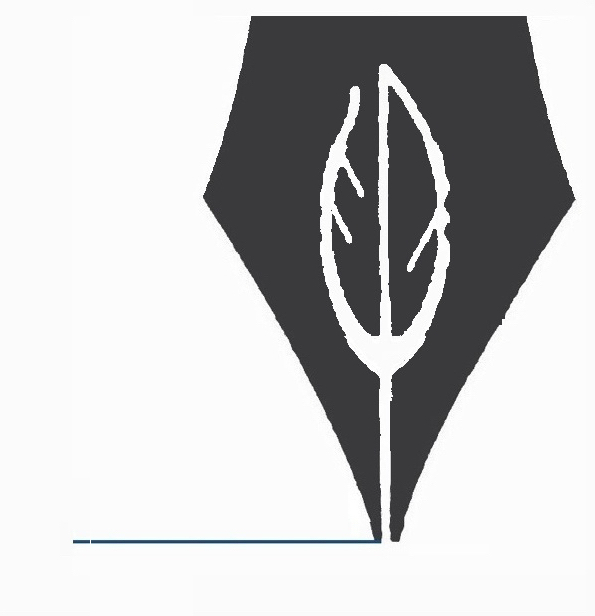NEH CARES Project Summary
The Mashantucket Pequot Museum & Research Center and the Native Northeast Research Collaborative received funding from the National Endowment for the Humanities CARES Act to publish a set of collaboratively annotated documents about 19th Century Pequot community life.
The final Digital Humanities work product includes digital images, transcriptions, annotations, biographies, geographies, and commentary generated and organized by NNRC editorial staff with the assistance of scholars from the Eastern Pequot and Mashantucket Pequot Tribal Nations. These materials are part of an important but often overlooked collection that provides insight into the daily life of these two Indigenous communities.
Documentary Corpus
The 107 individual items under consideration -- ledgers, bonds, receipts, petitions, invoices, and overseers’ appointments -- are mostly the drawn from the larger collection of the New London County Court overseer records at the Connecticut State Library. Others are from the Indian and Colonial Research Center in Old Mystic and the Connecticut Historical Society in Hartford.
Overseer records exist for other tribal communities across the state and for time periods before 1813 and after 1850. In fact, they exist in variant forms up until the third quarter of the 20th Century. Comparative records appear under similar overseership arrangement in Massachusetts and Rhode Island. They chronicle in exacting detail community structure, family life, within the confines of a restrictive paternalistic system.
Appointed annually beginning in the early 1800s, when tribes were misguidedly considered wards of the state, overseers were responsible for the fiscal and legal management of tribal affairs. To that end, overseers created a public record of debts through goods and services delivered to tribal members (food, clothing, tools, medicine, burials, other supplies, etc.), income derived from land
rental or labor, and census data, all of which provide a unique insight into the daily lives of Native
people in early Republic Connecticut. For more see, Connecticut's Overseer System.
These documents serve as a context for topics popular in recent academic study--the life and
writings of noted Pequot author, missionary, and activist, William Apes (1799-1839), in addition to
the study of the Brothertown Christian Indian movement or the intersections of Native and African lives. But they are important in their own right and are considered foundational in terms of the insights they provide into the lives of Pequot men, women, and children, and the challenges of the overseer system under which they struggled. At the same time, the documents illustrate the survivance of the post-Brothertown removal generations during a difficult period, providing examples of individual and community resilience that are especially meaningful during this modern time of national crisis.
Editorial Re-Indigenizing Process
The NNRC's editorial team proofread draft transcription copies of records previously prepared
by the Museum's staff over the past 20 years against images of the originals, re-transcribing when
necessary, conforming the material to the project's editorial methodology, and adding new relevant documents to the collection. The effort produced over 100 multipage digital heritage items (high quality images, facsimile and regularized text annotated transcriptions, with rich metadata, and biographies with interactive family and genealogical information, and commentary) for tribal, scholarly, pedagogical, and public use.
Tribal representatives reviewed content, working collaboratively with NNRC editors in the annotation process, and adding their own landing page, metadata, and cultural narratives. Native participation in the annotation process is one method of re-Indigenizing the historical record. The project provides the opportunity for the documents to be explained by the modern communities they represent--in some instances by descendants of the historical tribal members--to include a Native voice or tell a suppressed tribal explanation or untold story. Thus, while agents of the State of Connecticut, community outsiders, compiled the original records, the addition of local tribal knowledge crucially serves to balance or re-indigenize the materials and establish a measure of Native authority over the records.
Archival Records
The re-Indigenizing process creates two separate archival records for each document in the Collection accessible through two adjoining tabs in the Images and Details link.
The first, the Native Northeast Research Collaborative tab provides a brief document summary, manuscript images, a series of links on the right that provide metadata, keywords, biographical links to people mentioned within the document, and in some cases a georeferenced map. Each record contains the Verified Traditional Knowledge Label, indicating the materials have been reviewed by tribal authorities and do not contain culturally-sensitive information.
The second tab provides the tribe-specific record which has similar editorial features. What is different, however, is that the communities have created their own keywords, commentaries, or have contributed to the information available to the public. The Community Voice Traditional Knowledge Label is attached to these records.
Project Team
Native Editorial Assistants assisted the Editors by proofreading, entering data into the Native Northeast Portal, researching and writing annotations, and performing other editorial tasks.
The Community Scholar Committees are composed of at least four members: one coordinator and three other tribal members, with at least one being an elder. Community Scholars are individuals having an understanding of tribal history or cultural heritage who are willing to share their knowledge with others through this collaborative project. Their participation provides a cultural balance and perspective and serves as a bridge between the past, present, and future (Protocol for Native American Archival Materials).
Community Scholars were responsible for the following activities
-
Reviewing for culturally sensitive information
-
Providing basic metadata (keywords) for Digital Heritage Items
-
Creating value-added content that gives Native perspectives on the materials
-
Composing a Community Landing Page within the Native Northeast Portal
